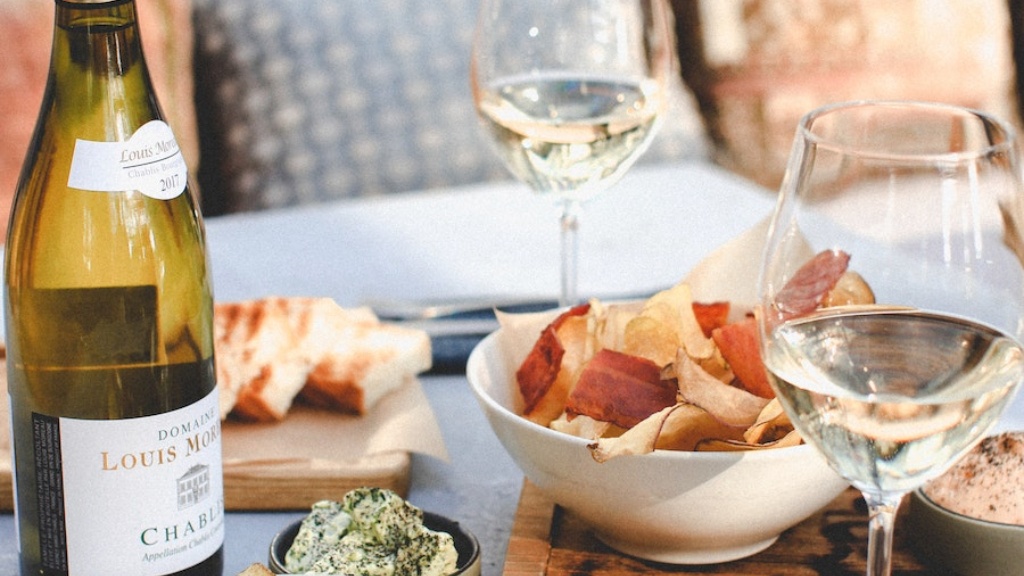Wine Tasting In Austin Hill Country Wineries
As the saying goes, everything is bigger in Texas. This includes the wine industry in the state, particularly in the picturesque Hill Country region. Located just a few miles outside of Austin, Hill Country boasts

As the saying goes, everything is bigger in Texas. This includes the wine industry in the state, particularly in the picturesque Hill Country region. Located just a few miles outside of Austin, Hill Country boasts a thriving wine industry, with its 9,000 acres of vineyard and over 50 wineries that offer everything from crisp white wines to full-bodied reds. For wine enthusiasts, an excursion to Austin Hill Country wineries for wine tasting is a must-do activity.
Wine tasting is an excellent way to sample different wines, learn about the winemakers\’ craft, and experience the local culture. While winemaking in Texas has been around since the 16th century, it wasn\’t until the 1970s that the industry began to take off. The Hill Country wine industry has especially grown in recent times, owing to the region\’s breathtaking landscapes of rolling hills, abundant sunshine, rich soil, and moderate climate.
Visitors can either take a leisurely drive along the vineyards, visiting the wineries that catch their attention or book a tour with the many reputable Hill Country wine tour companies. These tours transport tourists to multiple wineries where they can enjoy tastings, chat with winemakers, and purchase wine to take home. Wine tasting events are not only perfect for wine enthusiasts but also an ideal way to meet new people, celebrate special occasions, or escape the busy city life for a day.
One of the Hill Country\’s most celebrated wineries is the Flat Creek Estate, where guests can indulge in a diverse range of wine tasting activities, such as wine and cheese pairings, food and wine pairing, and vineyard tours. The winery also offers a lovely wine bar and restaurant, where visitors can experience a hearty European-style meal while soaking in the stunning sights of the vineyards.
Beyond the wine, there\’s a lot to take from the Hill Country wine tour experience. Tourists can learn insider tips, taste new wines, and indulge their noses in the heady bouquet of different varietals. Moreover, visiting the Hill Country wineries offers tourists a chance to discover a unique canopy of delightful eateries, live music, and art galleries, which provide an immersive cultural experience.
The Hill Country Wine Industry
According to recent data from the Texas Wine and Grape Growers Association, which monitors Texas wineries, the wine industry contributed about $13.8 billion to the state\’s economy in 2019 alone. This steady growth highlights the significant role Texas wine plays in the local community and the state\’s economy.
As noted by Hill Country wine experts, the tremendous growth can be ascribed to the climate and soil in the region. The region\’s hot and dry conditions force the grapevines to put their energy into producing fruit rather than leaves, resulting in high-quality grapes. Additionally, the soil\’s alkaline nature allows winemakers to cultivate a wide range of grape varietals.
The Grape Varietals Available in Hill Country Wineries
While other wine regions in the US focus solely on a specific grape varietal, Hill Country wineries pride themselves on their diverse wine selections. The region cultivates a broad range of wine varietals, including Syrah, Tempranillo, Cabernet Sauvignon, Merlot, Sangiovese, Cabernet Franc, and many others. This variety ensures that tourists can always find a wine that matches their taste preference.
The Importance of Wine Tasting in Hill Country Wineries
Experts agree that wine tasting is crucial when it comes to broadening one\’s knowledge and appreciation of wine. Wine tasting is an art that requires patience, observation, and a keen palate. By sampling different wines, tourists can expand their knowledge of the different tastes, smells, and textures unique to each varietal, wine region, and winery.
The Future of Hill Country Wine Industry
Despite the recent setbacks brought by the pandemic, the Hill Country wine industry is showing no signs of slowing down. In fact, most local wineries have adapted to the challenges by changing their business models to offer delivery and curbside pickup services. The wineries are also investing in training their staff, developing new tours and tasting events, and cultivating new grape varieties, ensuring that the Hill Country remains a vibrant and essential winemaking region for generations to come.
Hill Country Wineries\’ Sustainability Practices
Concerns about sustainability have become a hot topic, even among wine enthusiasts. Fortunately, Hill Country wineries are keen on taking care of the environment while preserving their farm\’s natural beauty. Most wineries in the region use drip irrigation systems and organic fertilizers with no pesticides, ensuring that the vineyards remain environmentally friendly. By adopting these sustainable practices, winemakers in Hill Country work towards leaving an even better world for future generations.
The Health Benefits of Wine Tasting
Wine tasting offers much more than just experiencing new flavors; it also has numerous health benefits. Studies have shown that moderate wine intake helps improve heart health, reduce the risk of strokes, control blood sugar levels, and even lower the risk of some cancers. Furthermore, the antioxidants present in wine have been shown to have anti-aging and immune-boosting properties.
In Conclusion
For wine lovers, Austin Hill Country wineries offer a rare experience that combines stunning sights, scents, taste, and culture. Visitors can enjoy wine tastings, participate in vineyard tours, and take part in various other activities while indulging their love for wine. Texas wine continues to play a vital role in the state\’s economy, and the industry has adapted to changing times, ensuring that it will continue to thrive. By exploring the Hill Country wineries, tourists can discover the exciting world of winemaking and the beauty of Texas\’s natural landscape.

